Anti-seismic solutions
Post from EditorialsLimit the damage caused by an earthquake is possible, with different earthquake resistant solutions to dissipate the energy, applicable to both infill structure and elements.
Damage caused by earthquakes
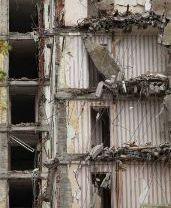 Italy as many other countries in recent years has been hit by major earthquakes, which caused massive damage to existing buildings, both recent and old building.
Italy as many other countries in recent years has been hit by major earthquakes, which caused massive damage to existing buildings, both recent and old building.
For this reason it is important to know what are the anti-seismic interventions that can be performed on the structures to prevent injury to the buildings and disastrous collapses.
The anti-seismic solutions vary depending on the material of the structure and also on the seismic risk to which a building is subject.
Types of anti-seismic interventions
For the consolidation of the buildings you can use the CAM system which is the first patented by EDIL CAM Systems Srl and is the only one able to engineer the dimensional consolidation, mechanically, of masonry and concrete.
The basic principle upon which this system is based is to provide a harness on the wall or on the structural element to be reinforced, creating meshes mutually orthogonal, with the use of stainless steel strips.
In masonry structures the CAM produces a three-dimensional network consisting of tie-beams put in tension, made with steel strips that have a thickness less than 1 mm.
These tapes are arranged along the perimeter of the element and through holes that pass through the wall facing from side to side, make up a weft sewn on to the structure that determines a state of precompression both diagonally and coplanar of the wall.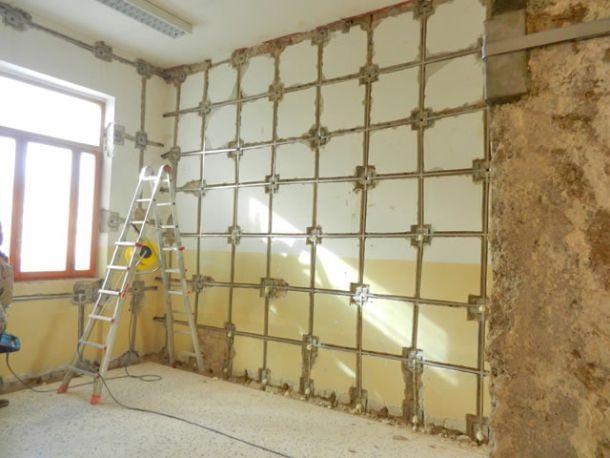
In reinforced concrete the CAM, however, confers an increase either in compression resistant to bending and also to cut, by means of the method of the confinement performed with hoops in strength of metal angles which are also pre-stressed.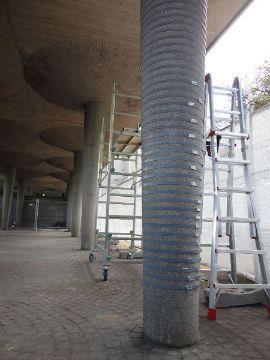 The CAM system is used frequently because it is very versatile and able to adapt to any structure.
The CAM system is used frequently because it is very versatile and able to adapt to any structure.
Its main function is to strengthen the structural elements in hot spots such as the connections between orthogonal walls and vertical connections of the various levels of the building, in particular in the joint beam-column, improving the bending strength of the structure.
Moreover, this system is fully reversible; this aspect is very important, especially in the works of restoration, since in general the anti-seismic interventions of structural reinforcement completely distort the structure and being not reversible, they change it forever.
The operation does not involve an extra weight on the existing structure, precisely because it uses very thin stainless steel strips are known for their high strength, despite the lightness of the material.
If you are located in areas with high seismic risk, you can opt for the metal anti-seismic belt by Lanza, oscillating in all directions, proposed by the company Afon Casa that deals with special products for the building industry. This belt must be applied to the infill elements, unlike other anti-seismic systems that care instead of consolidating the structural elements.
This belt must be applied to the infill elements, unlike other anti-seismic systems that care instead of consolidating the structural elements.
With this type of intervention is able to reinforce the infill structures making them more flexible and free to move in space, while remaining perfectly connected to the supporting structure, through the appropriate seismic joints and base isolations.
In this way the infill structures, also urged by an indirect route, will not tend to split but to disperse as much as possible the energy of the earthquake.
The metal anti-seismic belt by Lanza is composed of a double metal frame, provided with slide plates horizontally and vertically that connect it to the supporting structure (pillars and floor). 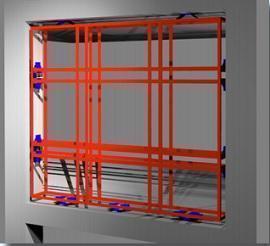 The plates also have the function to dissipate the energy and their size varies according to the extension of the infill.
The plates also have the function to dissipate the energy and their size varies according to the extension of the infill.
In case of an earthquake, therefore, it generates a real movement springy, in all directions.
The parts are all connected to the frame carrier, but their movement causes the seismic actions are dissipated.
Placing the energy dissipating on the infill panel will create voids.
The space that surrounds these gaps can be closed with hollow bricks, properly insulated, which by their nature do not resist the free movement of the wall.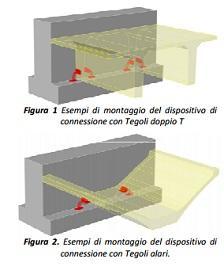 Always with the objective to minimize the damage from the earthquake, Edilmatic proposes a series of anti-seismic connectors, they can be applied both in new buildings and in reinforcement of the connections of structural elements of existing buildings.
Always with the objective to minimize the damage from the earthquake, Edilmatic proposes a series of anti-seismic connectors, they can be applied both in new buildings and in reinforcement of the connections of structural elements of existing buildings.
The two anti-aseismic solutions, always used by this company are: the Anti-Seismic Joint GS and connectors Tegolo prefabricated-beam.
The first is typically used to connect the curtain panels to the pillar structure.
The purpose is to create two sliding carriages which allow the joint to move freely and at the same time offer a high projection resistance.
The second is a system adopted generally for fixing roof tiles to the beams of the quay but it can be safely used for the union of other elements.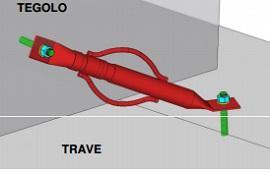 The same Edilmatic however proposes other anti-seismic solutions that use a single element, consisting of several steel tubes suitably assembled and deformed at the ends, where are formed the holes for the fasteners.
The same Edilmatic however proposes other anti-seismic solutions that use a single element, consisting of several steel tubes suitably assembled and deformed at the ends, where are formed the holes for the fasteners.
This element is used to create movable connections between the beam and the pillar EDIL TP. and between the beam and tile roofing EDIL TT and has been designed so that, in case of earthquake, are permitted large relative translations between the elements.
Deciding to intervene on a building with earthquake-proof solutions of this type, allows to safeguard both the structure and human life.
79734 REGISTERED USERS










